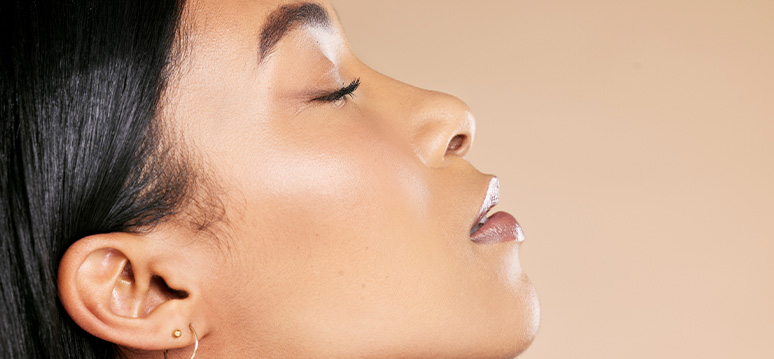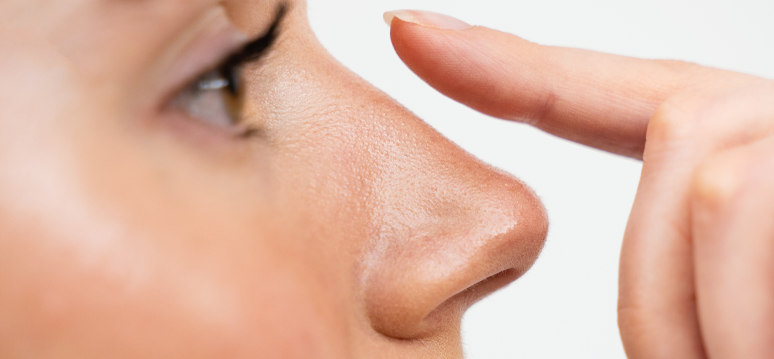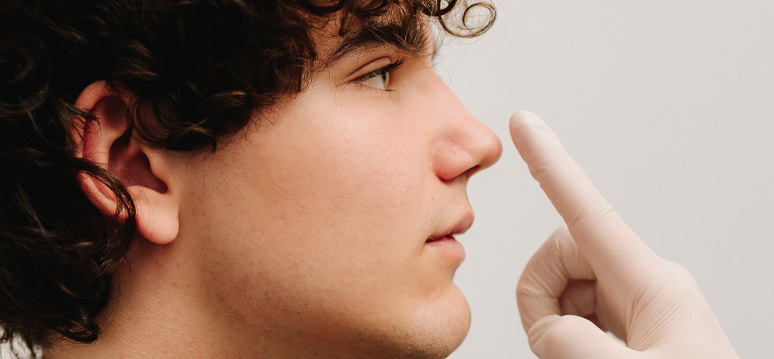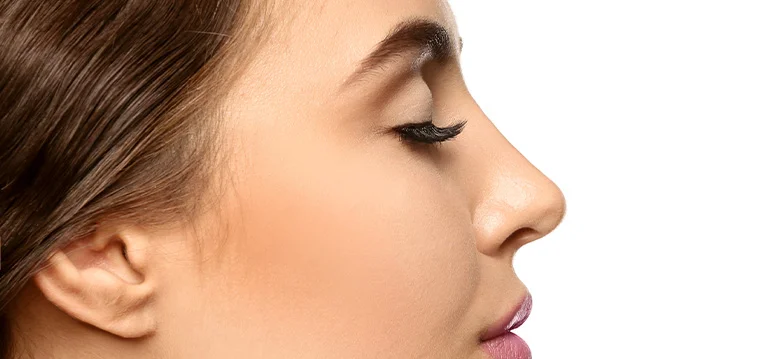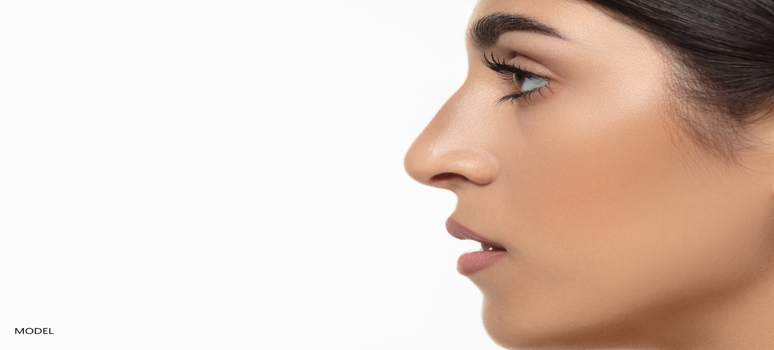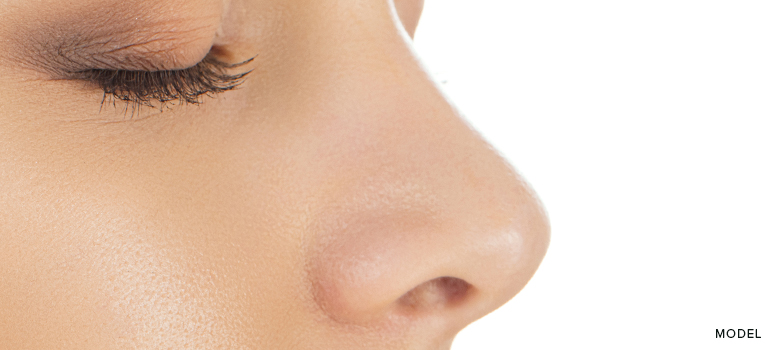The decision to undergo a nose job (rhinoplasty) is often a deeply personal one, driven by desires for enhanced facial harmony, improved breathing, or both. It’s an exciting step towards a more confident you, but like any surgical procedure, understanding the recovery process is paramount. Many prospective patients wonder, “How long will my nose job recovery truly take?” and “What can I expect during each stage of healing?”
At Memorial Plastic Surgery, we believe in empowering our patients with thorough knowledge to ensure a smooth and predictable journey to their desired results. This comprehensive guide will meticulously detail the rhinoplasty recovery timeline, offering practical tips and insights to help you navigate each phase with confidence and achieve the best possible outcome.
The Immediate Aftermath: Days 1-3 – Rest, Swelling, and Gentle Care
The first 72 hours post-rhinoplasty are crucial for setting the stage for a successful recovery. You’ll likely experience significant swelling, some bruising around the eyes and cheeks, and a feeling of congestion similar to a bad cold. This is entirely normal.
- Surgery Day (Day 1): After your procedure at Memorial Plastic Surgery, performed under general anesthesia, you’ll be moved to a recovery room. A splint (internal, external, or both) will be placed to support and protect your newly reshaped nose. You’ll be discharged with detailed post-operative instructions and pain medication. It’s essential to have a trusted friend or family member drive you home and assist you during this initial period. Prioritize rest, keeping your head elevated even while sleeping to minimize swelling and promote proper drainage. Applying cold compresses around your eyes and cheeks (never directly on the nose!) in 20-minute intervals can significantly help reduce swelling and discomfort.
- Days 2-3: Peak Swelling and Managing Discomfort: Swelling and bruising typically peak during these days. Don’t be alarmed if your face looks more swollen than you anticipated; this is temporary. Continue taking pain medication as prescribed by your Memorial Plastic Surgery surgeon. Gentle walking around the house can help with circulation, but avoid strenuous activity. Maintain your elevated head position, even while resting. Focus on a soft, bland diet and stay well-hydrated. Avoid blowing your nose, sneezing forcefully (try sneezing with your mouth open to relieve pressure), or doing anything that could strain your healing nose.
The First Week: Days 4-7 – Splint Removal and Visible Improvement
By the end of the first week, you’ll start to feel more like yourself, although swelling and bruising will still be noticeable.
- Swelling Starts to Subside: The acute swelling begins to plateau and gradually decrease. You might notice your nose taking on a more defined shape, but it’s important to remember this is not the final result.
- Splint Removal: Around day seven, your external splint and any internal sutures (if present) will typically be removed during a follow-up appointment at Memorial Plastic Surgery. This is often a significant milestone for patients, offering the first clear glimpse of their new nose. However, it’s crucial to understand that significant swelling will still be present, especially in the nasal tip.
- Returning to Light Activities: Most patients can return to non-strenuous work or light activities, such as desk work, after seven to ten days—depending on individual healing and comfort level. You’ll still need to avoid anything that could raise your blood pressure or risk bumping your nose. Continue to be gentle when washing your face and hair. Avoid wearing glasses directly on your nose for several weeks; your surgeon will advise when it’s safe to do so.
Weeks 2-4: Significant Progress and Resuming More Activities
This period marks a significant reduction in visible swelling and bruising, allowing you to gradually reintroduce more of your normal routine.
- Weeks 2-3: Bruising Fades, Swelling Recedes: Most noticeable bruising should have resolved, and prominent swelling will have significantly subsided. Many patients feel comfortable returning to social engagements, often using makeup to conceal any lingering discoloration. You’ll begin to see more refined contours of your nose.
- Month 1 (Weeks 3-4): Back to Most Routines: By the one-month mark, you should be able to resume most of your normal daily activities. Moderate-intensity cardiovascular exercises like brisk walking, stationary cycling, or swimming (avoiding dives or strenuous strokes) can typically be resumed, but always with your surgeon’s approval. Strenuous weightlifting and high-impact activities are still generally off-limits as your bones and cartilage continue to stabilize. You can usually start gently blowing your nose, but always follow your surgeon’s specific instructions.
Months 2-6: Continued Refinement and Healing
While the most dramatic changes occur during the first few weeks, the nose continues to heal and refine over several months.
- Subtle Swelling Resolution: Swelling, particularly in the nasal tip, can persist and is the last to fully resolve. You’ll notice subtle changes in your nose’s shape and definition as remaining swelling gradually dissipates.
- Resuming All Exercise: By six weeks post-op, the bones and cartilage in your nose should be fully settled, allowing you to resume all forms of exercise, including more vigorous activities and contact sports. However, always exercise with caution and listen to your body.
- Numbness Resolution: Any temporary numbness in the nasal area should begin resolving during this period.
Six Months to One Year (and Beyond): The Final Result Unveiled
The true, final results of your rhinoplasty will become apparent as all residual swelling completely resolves.
- One Year Mark: For most patients, the nose will have reached its final, stable form by the one-year mark. Any minor, imperceptible swelling will have fully disappeared, and your nose will have settled into its permanent shape. Scars, if any, will be nearly invisible.
- Patience is Key: It’s crucial to remember that healing is a gradual process. While you’ll see significant improvements early on, the complete and ultimate outcome of your rhinoplasty can take up to 12 to 18 months, especially for more complex cases or those with thicker skin. Trust the process and your Memorial Plastic Surgery team.
Accelerating Your Recovery: Actionable Tips for Optimal Healing
While you can’t magically speed up the body’s natural healing process, you can create an optimal environment for a swift and smooth recovery.
- Strictly Follow Post-Operative Instructions: This is the single most important factor. Your surgeon at Memorial Plastic Surgery will provide detailed instructions on medication, wound care, activity restrictions, and follow-up appointments. Adhering to these guidelines is non-negotiable for a successful outcome.
- Keep Your Head Elevated: This cannot be stressed enough. Sleeping and resting with your head elevated above your heart (using extra pillows or a wedge pillow) significantly reduces swelling and bruising by minimizing fluid accumulation around the nasal area.
- Apply Cold Compresses (Correctly!): In the first 48 hours, apply cold compresses to your cheeks and around your eyes (never directly on the nose or splint) to help constrict blood vessels, reducing swelling and discomfort. Use a thin cloth barrier between the ice pack and your skin to prevent frostbite.
- Stay Hydrated and Eat a Healthy Diet: Drinking plenty of water helps flush out toxins and aids overall healing. A balanced diet rich in protein, vitamins, and minerals provides your body with the building blocks necessary for tissue repair. Avoid high-sodium foods, which can increase fluid retention and worsen swelling.
- Avoid Strenuous Activity: Any activity that raises your heart rate or blood pressure can increase swelling and the risk of complications like nosebleeds. Gradually resume exercise as cleared by your surgeon.
- Protect Your Nose: Avoid bumping or hitting your nose at all costs. Be mindful of pets, small children, and even simple movements that could impact your healing nose.
- No Nose Blowing or Sneezing Forcefully: This can put immense pressure on your delicate nasal passages. If you must sneeze, try to do so with your mouth open to relieve pressure.
- Avoid Smoking and Alcohol: Smoking severely impairs blood flow and oxygen delivery, hindering healing and increasing the risk of complications. Alcohol can thin your blood and contribute to swelling. Avoid both before surgery and for several weeks afterward.
- Limit Sun Exposure: Sun exposure can prolong swelling and potentially cause hyperpigmentation of scars. Wear a wide-brimmed hat and apply high-SPF sunscreen (once cleared by your surgeon) when outdoors.
- Manage Pain Effectively: Take prescribed pain medication as directed. Don’t hesitate to communicate with your Memorial Plastic Surgery team if your pain is not adequately controlled.
- Practice Good Nasal Hygiene: Your surgeon may recommend saline sprays to keep your nasal passages moist and help clear out any dried blood or crusting. Follow their guidance meticulously.
When to Contact Your Surgeon
While some discomfort, swelling, and bruising are normal, it’s essential to be aware of signs that might indicate a complication. Contact Memorial Plastic Surgery immediately if you experience:
- Excessive or persistent bleeding
- Fever
- Severe or worsening pain not relieved by medication
- Signs of infection (e.g., increased redness, warmth, or pus-like discharge)
- Difficulty breathing
- Any concerns about your healing or results
Your Partner in Transformation: Memorial Plastic Surgery
Undergoing rhinoplasty is a transformative experience, and at Memorial Plastic Surgery, we are dedicated to supporting you every step of the way. Our board-certified plastic surgeons, with their extensive experience and commitment to personalized care, utilize the latest techniques to achieve natural-looking, harmonious results. We prioritize patient education, ensuring you are fully prepared for your recovery journey—from the initial consultation to your final stunning outcome.
Conclusion: Embrace the Journey, Enjoy the Transformation
Nose job recovery time is a journey requiring patience, diligent care, and a clear understanding of what to expect. While the most visible signs of surgery subside within a few weeks, subtle refinements continue for many months. By meticulously following your surgeon’s post-operative instructions, prioritizing rest, and adopting healthy habits, you can significantly optimize your healing process.
Remember, the expert team at Memorial Plastic Surgery is your trusted partner throughout this exciting transformation. We are here to answer your questions, address your concerns, and guide you towards the beautiful, confident results you envision. Embrace each stage of your recovery, knowing that with time and proper care, you will unveil the harmonious and aesthetically pleasing nose you’ve always dreamed of. Schedule a consultation today!



